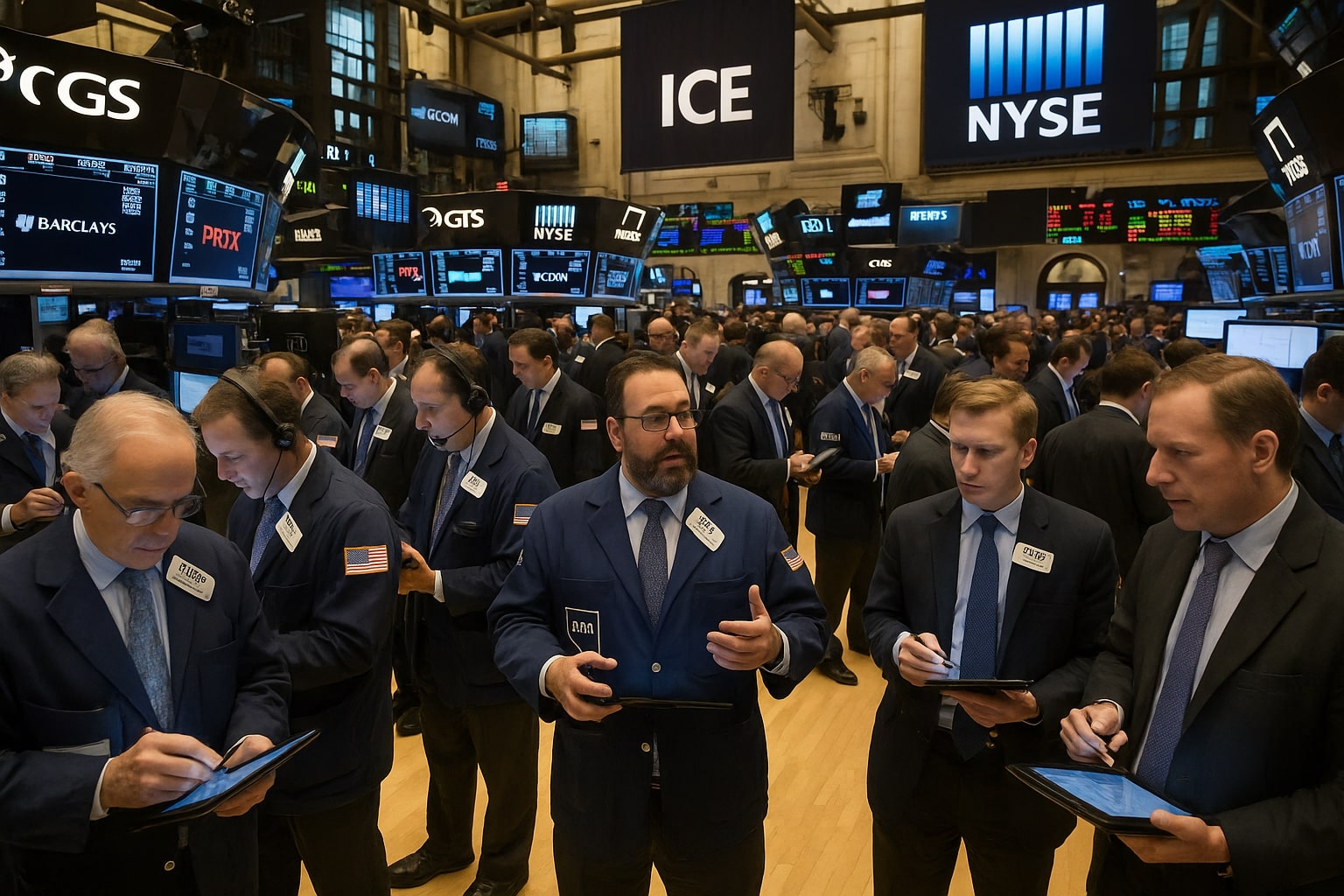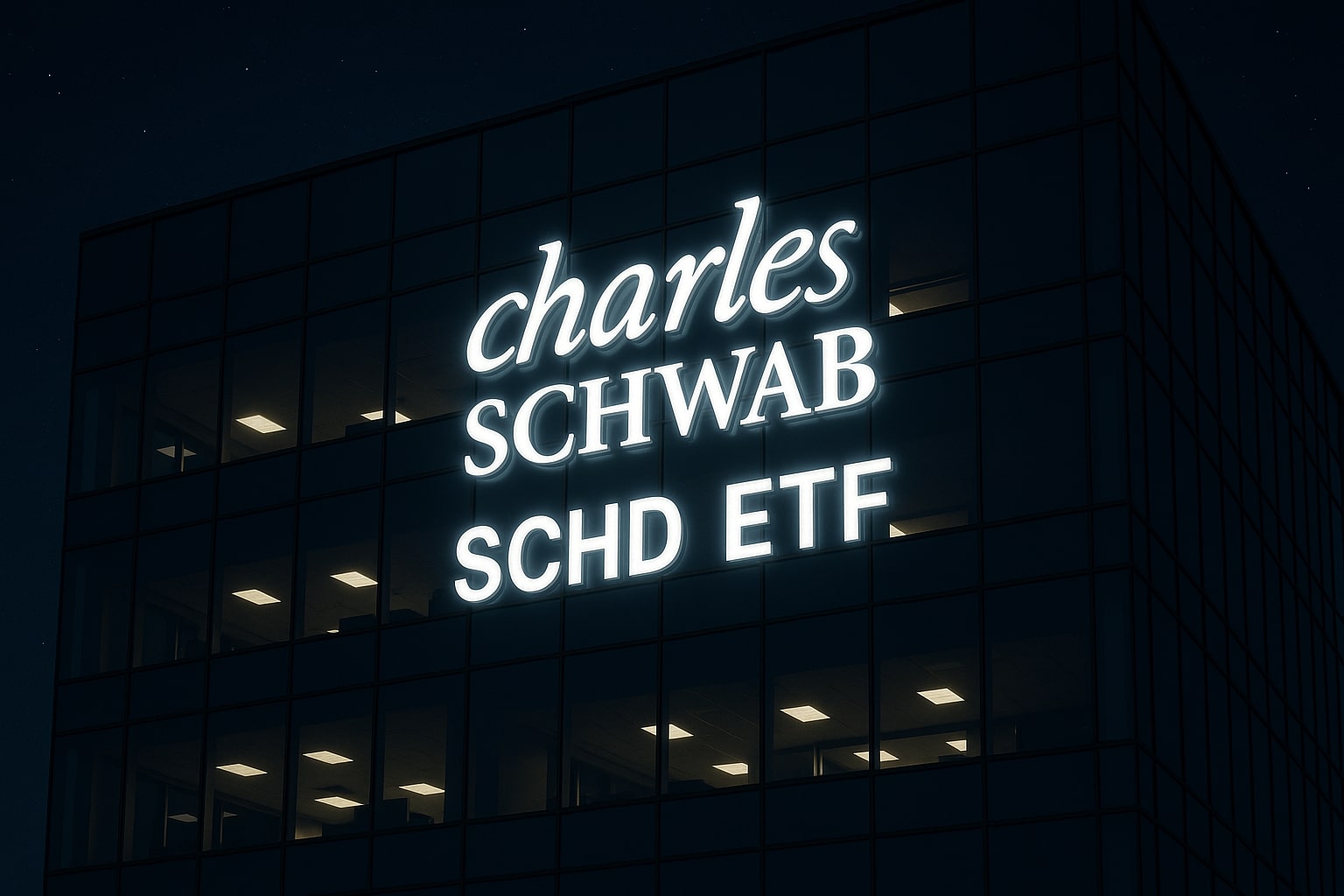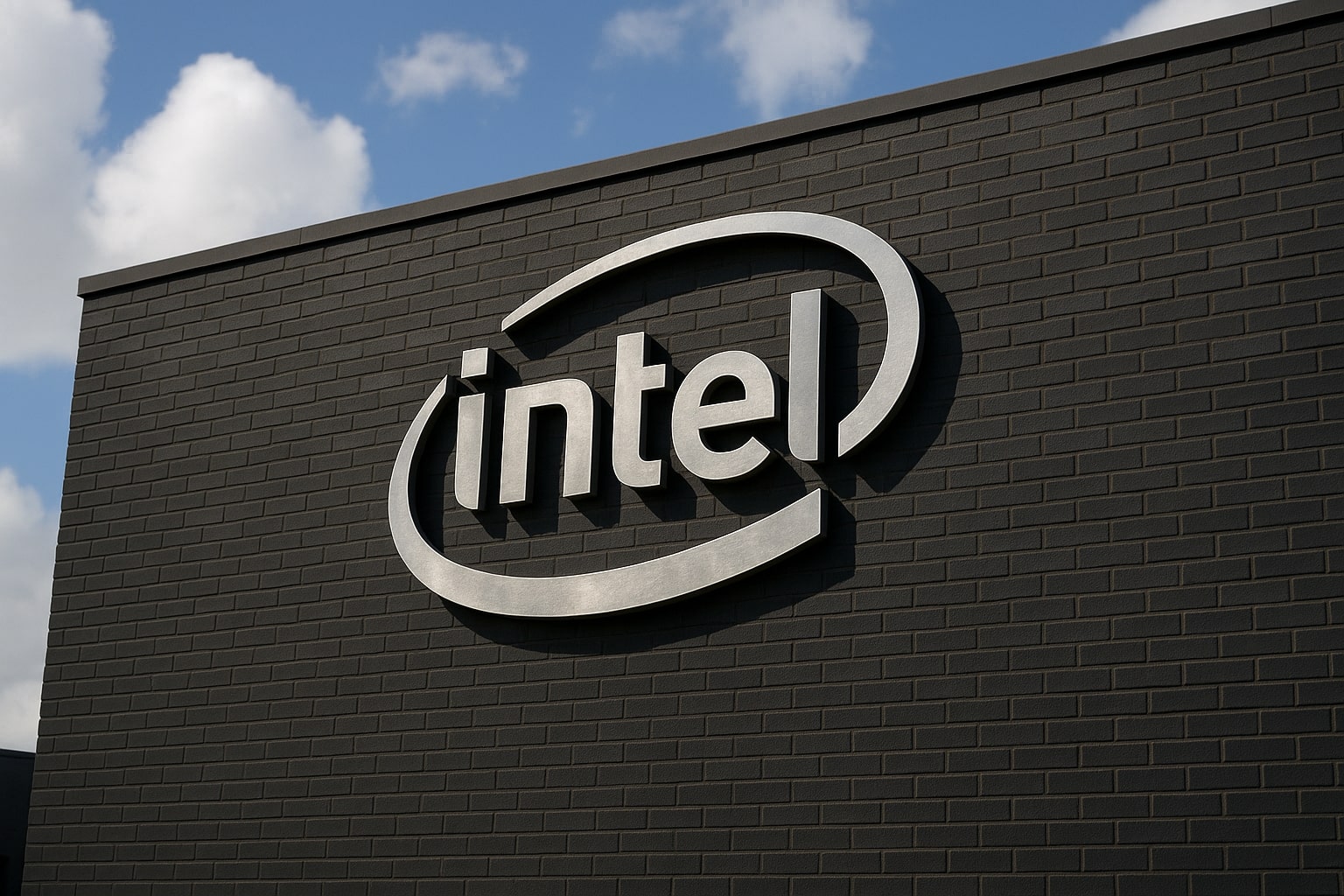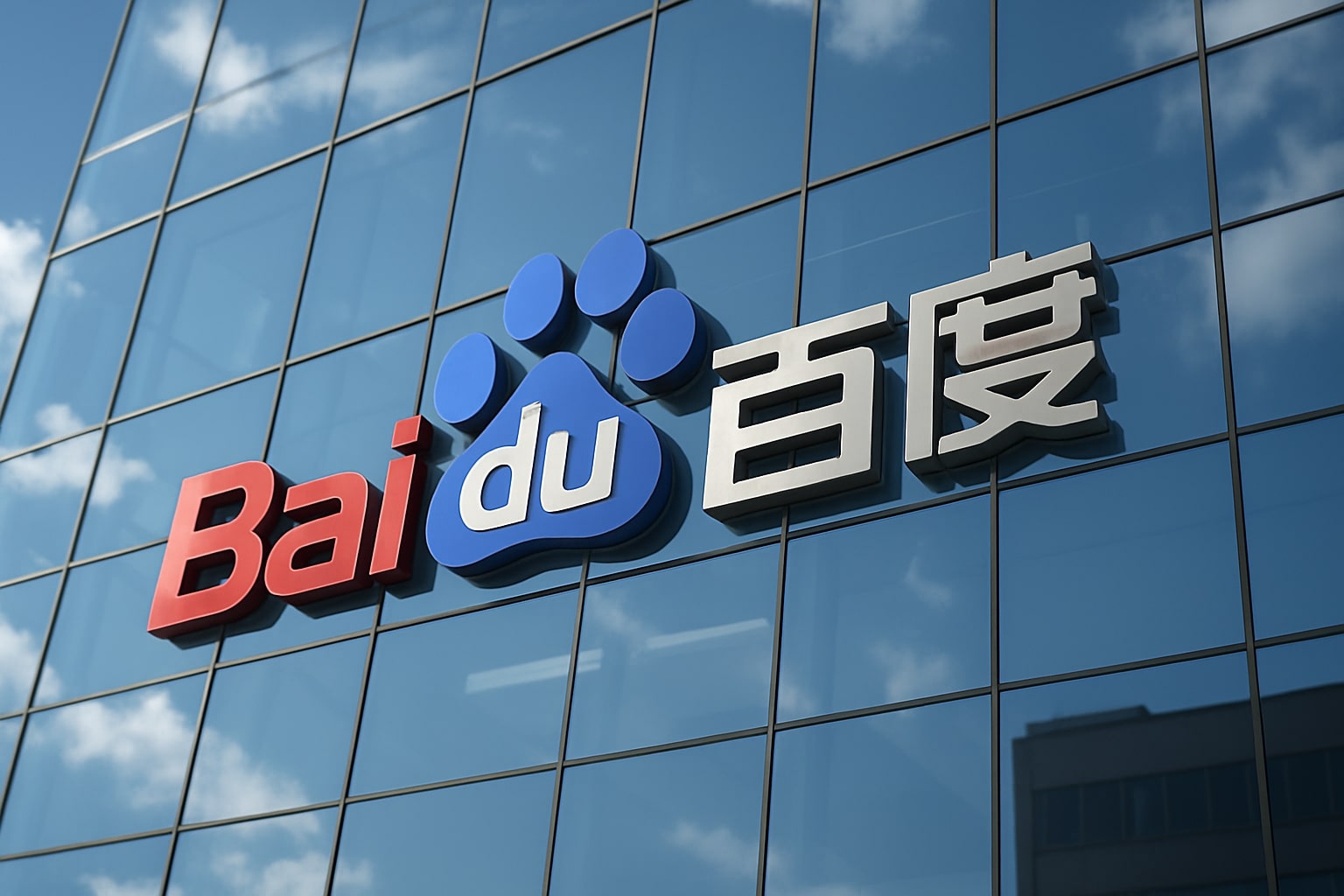
Weekly Stock Market Forecast: Nasdaq, S&P 500, Dow Under Pressure
Fed rate cuts, unemployment shifts, and tech risks drive this week’s market outlook | That's TradingNEWS
Nasdaq, S&P 500, and Dow Face a Crucial September Test
The S&P 500 (SNPINDEX:^GSPC) entered September at 6,466 after a blistering 30% rally from its April lows, driven by tariff reversals and Trump’s One Big Beautiful Bill Act. The index has posted 21 record highs this year, advancing 10% year-to-date, a figure already exceeding its 40-year average annual return of 9.3%. Yet September is statistically the market’s weakest month: six of the past ten Septembers ended in the red, with average declines of 2%. Against this backdrop, Wall Street’s median year-end target sits at 6,500, implying just 1% upside. Forecasts diverge sharply — Oppenheimer sees the S&P 500 at 7,100 (+10%), while JPMorgan targets 6,000 (-7%).
Federal Reserve Policy and the Jobs Market Shock
The pivot point for equities is the Federal Reserve’s September 17 meeting. Unemployment has climbed to 4.3%, the highest since October 2021, with 892,362 layoffs year-to-date (+66% YoY) and job openings dropping to 7.2 million from 12 million in 2022. Inflation, meanwhile, remains sticky at 2.7% in July, above the Fed’s 2% target. Goldman Sachs now expects three rate cuts before year-end, followed by two more in 2026. Bank of America data shows the S&P 500 gains 1.7% per month in cutting cycles, compared to a 0.5% loss when rates are rising — making Powell’s shift critical. Goldman projects 6,600 by December 2025 and 6,900 by mid-2026, anchored on 7% EPS growth.
Tech Concentration Risk in the Nasdaq
The Nasdaq Composite (NASDAQIX:COMP) and Nasdaq-100 (NDX) remain disproportionately exposed to mega-cap tech. The top eight names — Nvidia (NASDAQ:NVDA) 7.5%, Microsoft (NASDAQ:MSFT) 6.8%, Apple (NASDAQ:AAPL) 6.5%, Alphabet (NASDAQ:GOOGL) 4.4%, Amazon (NASDAQ:AMZN) 4.0%, Meta Platforms (NASDAQ:META) 2.9%, Broadcom (NASDAQ:AVGO) 2.6%, and Tesla (NASDAQ:TSLA) 1.7% — control nearly 40% of the S&P 500. Nvidia has suffered its worst four-week stretch since April, while Alphabet rallied on a favorable antitrust ruling. Strategists warn that portfolios holding both S&P 500 ETFs and tech-heavy growth funds are effectively doubling down on the same risk. If rate cuts shift investor preference toward value, this concentration could prove painful.
Opportunities in Value and Defensive Sectors
ETF strategists Todd Sohn and Bryant VanCronkhite highlight health care, industrials, and materials as “ignored” opportunities. Health care flows are at historical lows, with the sector underperforming the S&P 500 into “bottom-decile” territory. Warren Buffett’s Berkshire Hathaway (NYSE:BRK.B) has been accumulating health care exposure, signaling longer-term conviction. Industrials and transports also trade at relative discounts, with small-caps showing attractive valuations compared to large-cap tech. Sohn emphasizes health care as a “differentiation hedge,” even if outperformance requires a pullback in leaders like MSFT, NVDA, and AMZN.
Dow Jones and Broader Market Positioning
The Dow Jones Industrial Average (INDEXDJX:DJI) lags the Nasdaq and S&P 500 in 2025 performance, reflecting its heavier weight in industrial and financial names. While it has not captured the same AI-driven momentum, the Dow stands to benefit if investors rotate toward cyclicals and defensives. Bank of America projects GDP resilience, suggesting the economy avoids recession, which historically supports positive returns in Fed cutting cycles. However, weak payrolls and tariff pressures could spark volatility. Strategists argue portfolios must balance growth exposure with lagging defensives to preserve record 401(k) and IRA gains. The U.S. now counts a record number of retirement millionaires, a sign of market overheating.
Read More
-
SCHD ETF Price at $27: Can SCHD’s 4% Yield and 9.15% Dividend Growth Beat High-Yield Covered Call ETFs?
15.12.2025 · TradingNEWS ArchiveStocks
-
XRP ETFs Close on $1B Inflows as XRPI at $10.92 and XRPR at $15.52 Hit 52-Week Lows
15.12.2025 · TradingNEWS ArchiveCrypto
-
Natural Gas Price Forecast: NG=F Holds the $4 Floor as Oversupply Clashes with 2026 LNG Demand
15.12.2025 · TradingNEWS ArchiveCommodities
-
USD/JPY Price Forecast - Dollar to Yen At 155: Yen Strength Builds As BoJ Hike And NFP Collide
15.12.2025 · TradingNEWS ArchiveForex
Historical Context and Retirement Implications
Jason Zweig highlights the danger of complacency: the S&P 500’s 11.5% gain YTD and decade-long average of 15% per year far exceed the 6.1% historical inflation-adjusted return since 1793. In 302 historical 30-year windows, equities returned less than 4% annually after inflation. For retirement savers, this means future returns could normalize lower, requiring 12–21% savings rates depending on real returns. The risk is clear — high valuations today may force investors to save more aggressively if forward returns undershoot.
Analyst Divergence and Market Outlook
The breadth of Wall Street forecasts underscores the uncertainty. Wells Fargo at 7,007 (+8%), Citigroup at 6,600 (+2%), and UBS at 6,100 (-6%) reflect widely split views. Goldman Sachs’ 6,900 mid-2026 target leans bullish on earnings resilience. Yet Bank of America cuts its year-end forecast to 6,300 (-3%), citing tariff-driven inflation. FactSet projects 13.6% EPS growth in 2026, supporting Goldman’s outlook, but consensus estimates are trending lower — leaving the S&P 500 median target flat at 6,500. The Dow (DJI) and Nasdaq (COMP, NDX) mirror these divisions: overbought tech vs. undervalued defensives.


















